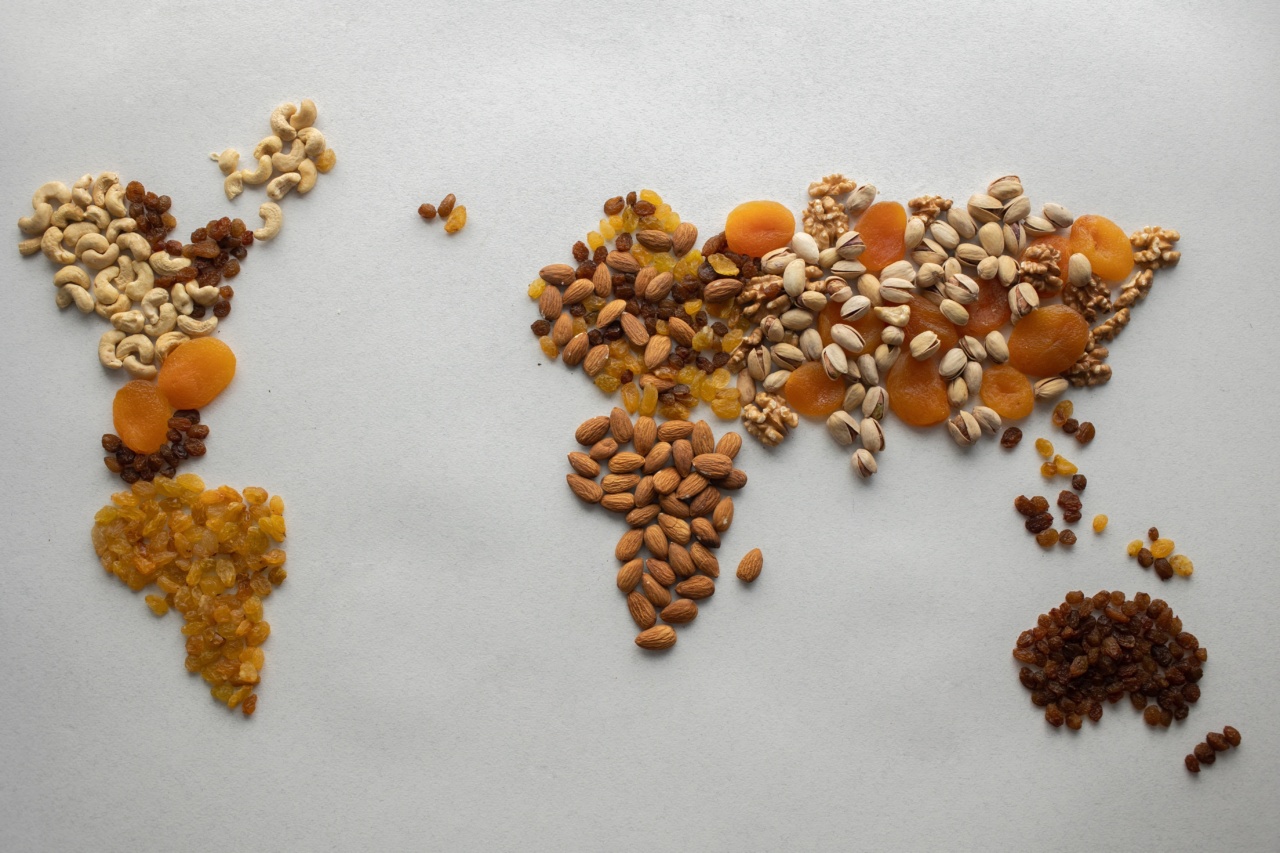The Global Nutrition Index is a comprehensive assessment of the nutritional situation in countries around the world. It takes into account various factors such as the prevalence of undernourishment, stunting, wasting, and micronutrient deficiencies.
The index provides valuable insights into the state of nutrition globally and helps policymakers and organizations prioritize interventions and allocate resources to address the pressing issue of malnutrition.
Methodology
The Global Nutrition Index combines data from multiple sources to create a holistic picture of a country’s nutritional status.
The index takes into consideration both the quantity and quality of food consumed by the population, as well as the availability and affordability of nutritious food. It also considers factors such as access to clean water, sanitation facilities, and healthcare, which are essential for maintaining good health and nutrition.
The index assigns a score to each country based on its performance across various indicators.
These indicators include the prevalence of undernourishment, which measures the proportion of the population with insufficient calorie intake; stunting, which reflects chronic malnutrition and inadequate growth in children; wasting, which indicates acute malnutrition; and the prevalence of anemia and other micronutrient deficiencies.
The data used in the Global Nutrition Index is collected from national surveys, health and nutrition programs, and other reliable sources. The information is carefully analyzed and validated to ensure accuracy and comparability across countries.
The index is updated periodically to reflect the latest available data and track progress over time.
Key Findings
Based on the most recent Global Nutrition Index, several key findings have emerged:.
1. High Burden of Malnutrition in Developing Countries
The index highlights the disproportionate burden of malnutrition in developing countries, particularly in sub-Saharan Africa and South Asia.
These regions face significant challenges in terms of food insecurity, poverty, and limited access to healthcare, leading to high rates of undernourishment, stunting, and wasting.
2. Inadequate Diets and Nutritional Imbalances
The index reveals that many countries struggle to provide their populations with balanced and diverse diets. Inadequate intake of key nutrients, such as vitamins, minerals, and protein, contribute to poor nutritional outcomes.
Unhealthy diets, high in processed foods, sugar, and saturated fats, further exacerbate the problem, leading to a rise in diet-related non-communicable diseases.
3. Gender Disparities in Nutrition
Gender disparities play a significant role in shaping nutritional outcomes.
The index highlights the unequal distribution of resources, opportunities, and decision-making power between men and women, which impact women’s access to nutritious food and healthcare. Women and girls often face higher rates of undernourishment and micronutrient deficiencies due to cultural and social factors, limiting their potential for health and development.
4. Impact of Conflict and Climate Change
Conflict and climate change have profound implications for nutrition. Countries experiencing conflict or political instability often face disruptions in food production and distribution, leading to food insecurity and malnutrition.
Climate change, including extreme weather events and changing agricultural patterns, also affects food availability and quality, further compromising nutritional outcomes.
5. Importance of Investing in Nutrition
The Global Nutrition Index underscores the importance of investing in nutrition as a critical component of sustainable development.
Improvements in nutrition have wide-ranging benefits, including improved health outcomes, increased productivity, and enhanced economic growth. By prioritizing nutrition and implementing evidence-based interventions, countries can break the cycle of malnutrition and contribute to achieving multiple Sustainable Development Goals.
Conclusion
The Global Nutrition Index provides a comprehensive ranking of countries based on their nutritional status, shedding light on the state of global nutrition.
It highlights the urgent need for action to address the high burden of malnutrition, inadequate diets, gender disparities, and the impact of conflict and climate change. By understanding the factors influencing nutrition and prioritizing investments, countries can work towards a healthier, more nourished future for all.





























